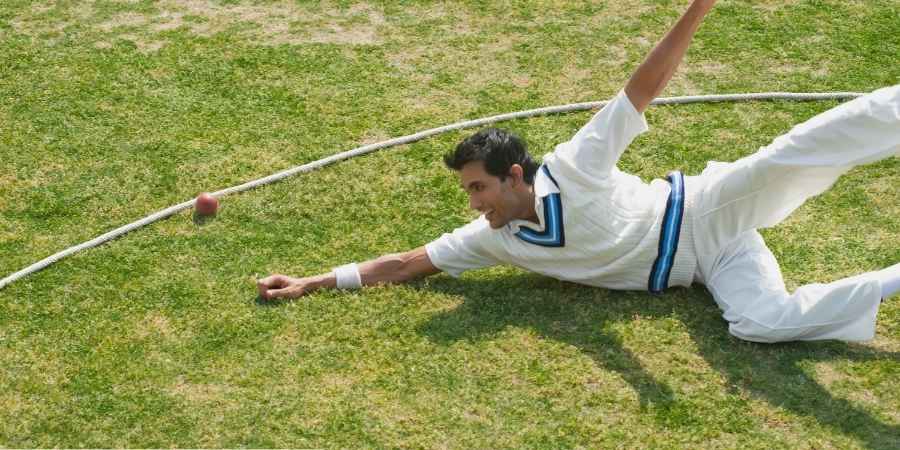Cricket isn’t always loud. Often, the game whispers. A quiet move by a fielder, barely caught by the camera, can carry more meaning than a bowler’s roar. One of the clearest signals of change is when a deep fielder starts inching toward the rope.
No hand signal. No eye contact. Just a step — sometimes two. Those watching through tools like this website often notice it before the commentary team does. It’s subtle, but it tells a bigger story.
What Quiet Fielder Shifts Really Mean
Something is occurring when a boundary rider gets positioned either during or immediately after a ball is taken. It is not by chance. Other times, it refers to the bowler intending to alter pace. Sometimes it is the captain expecting a shot that has been planned two overs earlier. Each move forward or right is founded in a mute consensus, typically informed by statistical analysis on matches and, above all, past ball motions.
These movements demonstrate:
- An increase or decrease (a decline in confidence or an increase in confidence)
- Expecting an aggressive shot
- The necessity to fill the gaps that were created after the last ball was played
Strategies of the Silence
Pay attention in close moments of a game. In the event that a batter is in rhythm, a deep cover shift can change two steps to the right. Even when the last ball was a dot, long-on may backpedal a little. It is not panic but positioning.
On some occasions, this movement occurs due to:
- Any loss of line by a bowler
- One of them is a captain who decides to be on the defending side instead of attacking
- An interpretation of the body language forms a base for fielders to create instinctive responses to the batter
Watching on this site, you will also see them live, and the field visuals will make you capture the changes even before they are shown as replays.
Bang Bang Lots of changes with a bunch of Fallout.
In one of the intense games last season in the T20 league, a fielder in the deep midwicket moved his position, not even his body, exactly when the bowler was turning. Not a single viewer picked it up on the air. However, the audience who were following the game via this site observed the heat maps of the fielders that changed in real-time.
The following ball, the batter tried to slog. It alighted close by that very point. The shot fetched only one run, which is not what he had hoped to get, six runs. It was that little shift of position which clinched the matter. This does not reflect in a scorecard. They alter games, though.
The Reason Why It is Worth Focusing on Such Details
A team that decides to start moving outfielders out without consultation may include:
- Attempting to regain control
- Signaling nervousness
- Bowling Changes Preparation
It is not always about strategies but the atmosphere. When there is pressure on one side, you can be sure to notice it; the side will quieten down, they will become alert in their movements, and fielders drift back. These can be seen – not necessarily on the TV, but on fresher live data streams on this site.
Final Thoughts
Each step of every fielder is not empty. Cricket is simply there in the bat and the ball, it is also in the jostling of boots on the grass. It is not only the literally little steps taken towards the border that are symbolic of strategy. They bring out nerves, strategy, and in some cases, what lies ahead.
To be able to see these moments before they turn into a turning point, you can not just watch the game. Visit this site, and get what the usual feed does not. The specifics exist. It is just a matter of knowing where to find.



